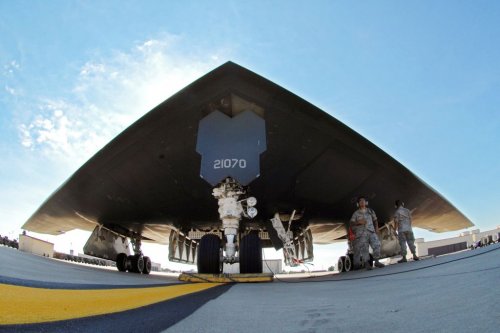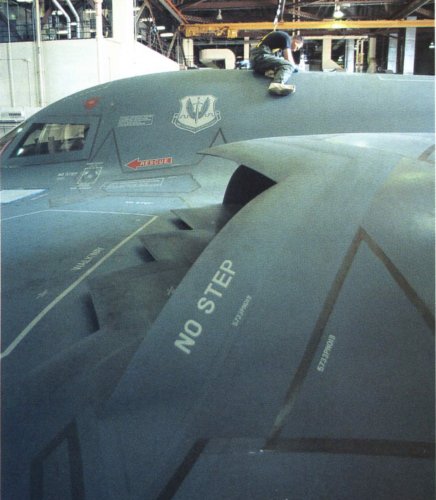sublight said:
I am assuming that the verbiage "low observable subsystem" means all the systems for keeping observability down, not just RCS? Also, I thought the ZSR-63 = AN/APR-50??
Stealth is about much more than just the vehicle's signature. Employing that tailored signature to your advantage is extremely important, but is often overlooked in the press (or on internet forums).
Until the mid-90s the F-117 program used a specialized mission planning system nicknamed "Elvira". One of the things Elvira was designed to do was take intelligence information about threat systems and plan the mission's route accordingly. For example, if SIGINT/RADINT detected a FAN SONG radar in enemy territory, Elvira would plan the F-117's route to present that threat with an aspect of the F-117 that would have the lowest possible signature for the FAN SONG's band.
Later Elvira would be supplemented by other systems (one developed by an F-117 pilot), and eventually replaced.
That is fine for a system that performs surgical strikes - penetrating, hitting a limited number of planned targets, and getting out. For a platform that penetrates and has to loiter, that is a different story.
For a hypothetical penetrating, loitering platform you would have to detect and map your threats in (near) real time. Your platform would need antennas, apertures, and super dupe ESM/RWR/Doodad system to enable this, and those would have to be very stealthy. Once you had detected that shiny new FAN SONG radar that was not at all where the Michellin Guide said it would be, a central threat management system would be needed to update the mission plan to present that threat with the lowest signature possible. That threat management system might also talk to other systems, like the flight control software. Control surfaces on this hypothetical platform have to deflect to maneuver, and in doing so potentially increase the signature of the platform. The threat management system might suggest to the flight control system to limit the control surface deflections by amount X while Y miles from Mr. FAN SONG, and the flight control system may adjust by using differential engine thrust in lieu of control surface deflection. The threat management system would also show all of this to the pilots, put a contrail defect additive in the fuel system, change the shape of the platform's radar beam...
Etc.
Something like that would be very useful on an loitering UAV, of course, penetrating or not. Maybe the same systems used on the manned platform were later also used on a UAV. And let's say that these systems, using really old technology, were getting scarce. It might become very attractive to retire a certain number of those UAVs, and then pull those systems to provide spares for your manned platform.
Hypothetically.















![AEDC Overviewmpg.flv_snapshot_03.38_[2013.05.29_00.43.00].jpg](/data/attachments/82/82973-22e9a91e1a83dd63b6389d83099be232.jpg)
![Store sep test montagempg.flv_snapshot_00.12_[2013.05.29_00.45.07].jpg](/data/attachments/82/82974-82fa3fdbfb542e8595469686e2fb6123.jpg)